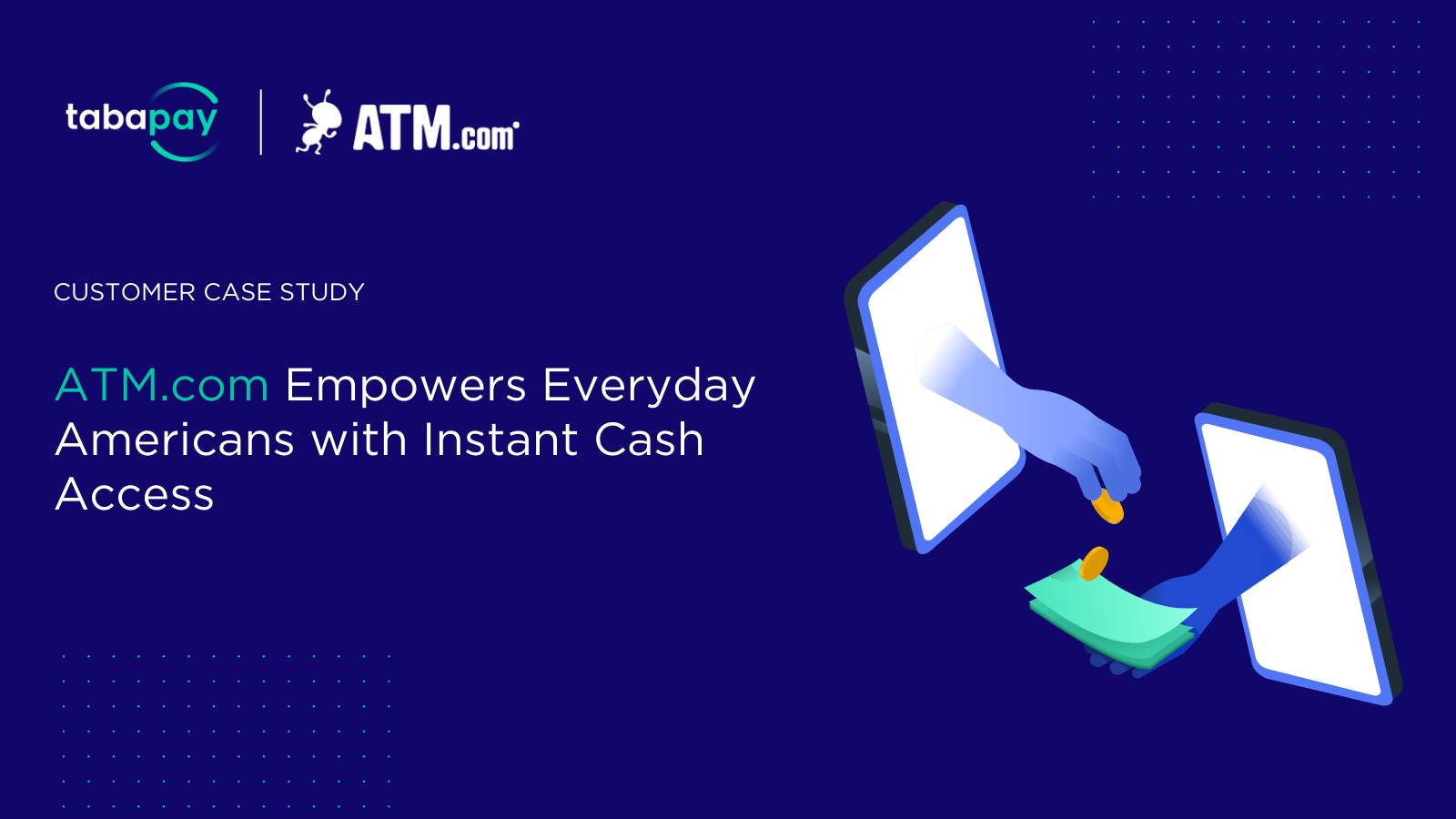Watch the webinar from January 31st
The current economic slowdown has many lenders reexamining risks associated with being repaid. As the industry felt severely in 2008, repayment issues arise very quickly when the economy takes a downturn, and lenders fail when customers cannot pay.
With a high degree of uncertainty in 2023, industry leaders are taking stock of the current lending environment. Our recent white paper, Maximizing Debt Repayment: Speed and Efficiency for Improved ROI, outlines debt collection in the existing lending space. Here are a few key takeaways:
Today’s Lending Ecosystem
Consumer lending has grown rapidly in recent years. The three metrics below illustrate such growth’s impact on the broader lending environment.
- Consumer household debt is at an all-time high of $16.15 trillion as of Q2 2022, the highest per capita rate ever.
- Consumer loan delinquencies increased to 1.71% in Q2 2022, 18% higher than last year’s.
- The rate of debt in collections is approximately 6%, a historically small number compared to the decade prior when rates stood between 9.5% and 14.5%.
Despite the booming lending market and relatively low delinquency rates, higher debt per capita exposes lenders to risk when industry leaders predict an economic downturn. Delinquency rates have historically risen during and after each of the last three recessions, a trend that will likely repeat in another bear economy.
Legacy Payments
Legacy payment methods like checks, ACH, and in-person cash payments are some of the most familiar payment methods to lenders and consumers alike. However, each method comes with just as many challenges as benefits, many of them magnified during a recession.
Benefits of legacy debt payments include:
- ACH funds can be validated same-day or next-day; debits can be automated and timed with direct deposits; payments are cheaper per transaction; and overall work well for recurring low-risk payments.
- Checks are well-known and used by older populations; and can be deposited digitally.
- Cash is guaranteed and can be transferred in real time.
Issues with legacy payments include:
- ACH takes several days to confirm a successful transaction; returned payments incur a fee; routing and account numbers are not always available; and batch cutoff times mean delayed after-hours and weekend payments.
- Checks must be manually deposited or processed by a bank office; have high operational costs; come with no certainty of sufficient funds; often need to be mailed and can take 5+ business days to process from the date written and are harder to reconcile.
- Cash must be manually deposited and processed; requires a physical location and staffing to process; potentially increases risk of theft; and has high operating costs.
Debit Cards: The modern way to repay debt
Debit cards are the easiest way to process debt repayments for financial institutions and consumers. They are universal in households and facilitate immediate payments that lessen the issues of repayments and decrease risk overall.
Lenders and fund advance companies need to evaluate their debt collection process, especially when all signs are leading toward a recession. To learn more about what you can do to maximize repayment, read our white paper, which pairs data and costs with industry leaders’ perspectives on debt repayment.






